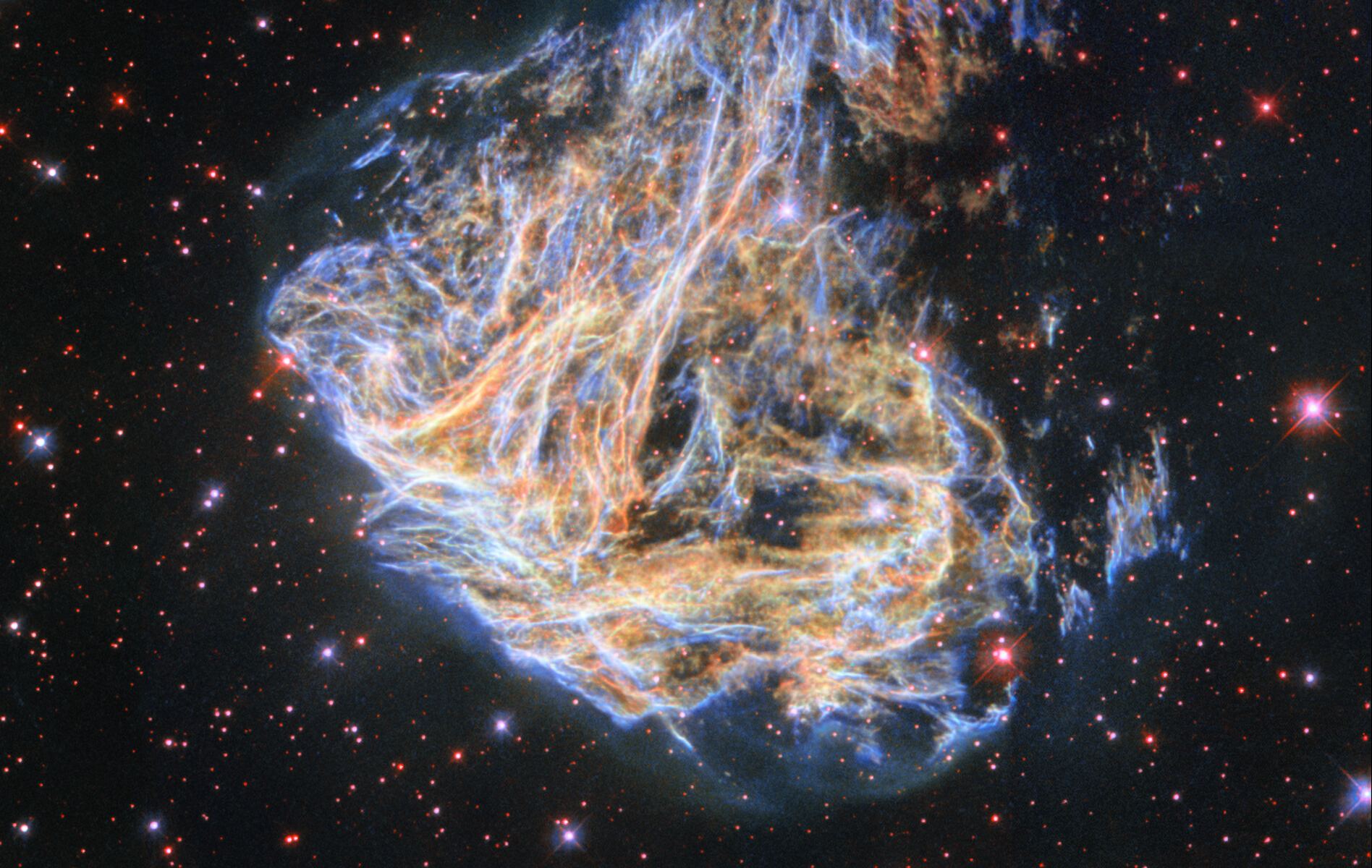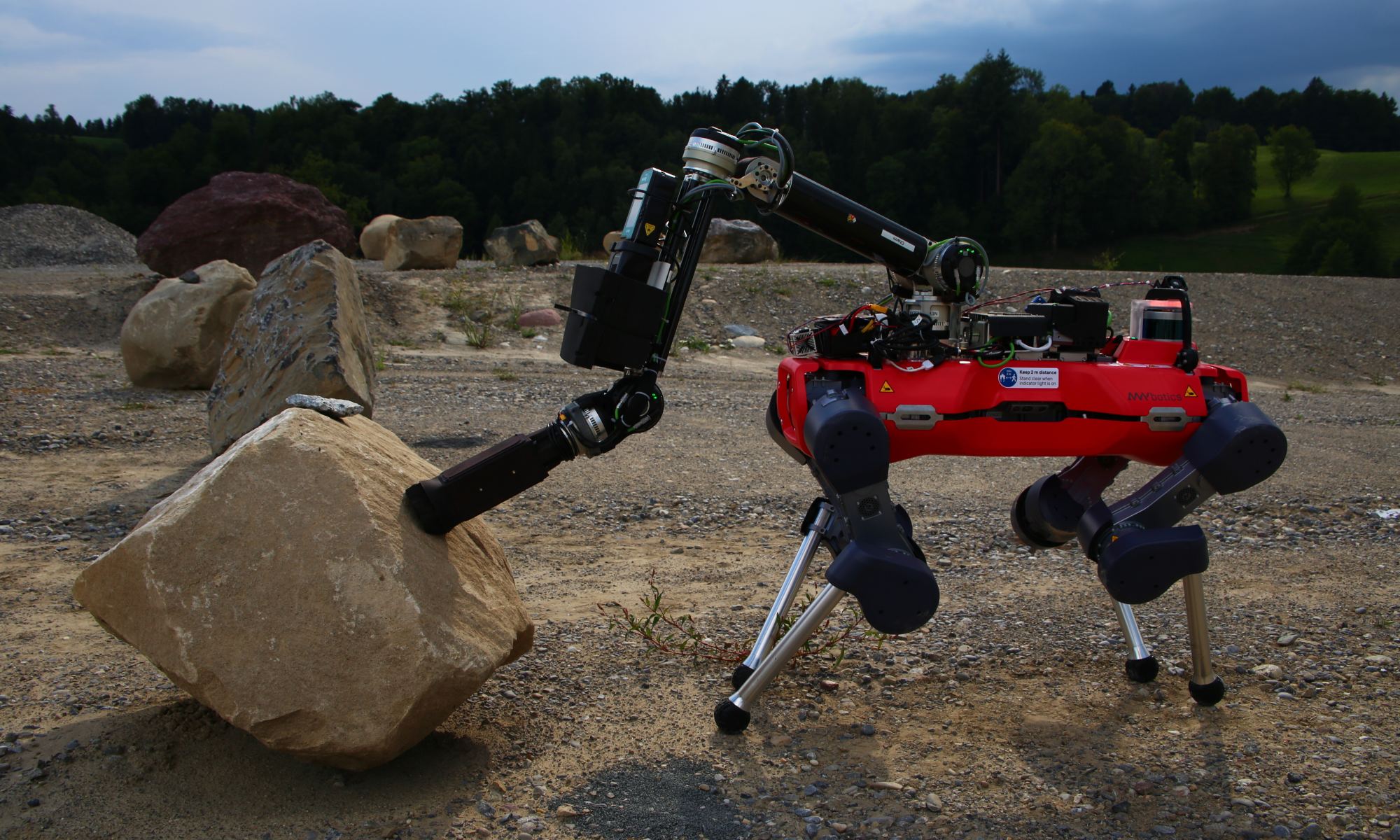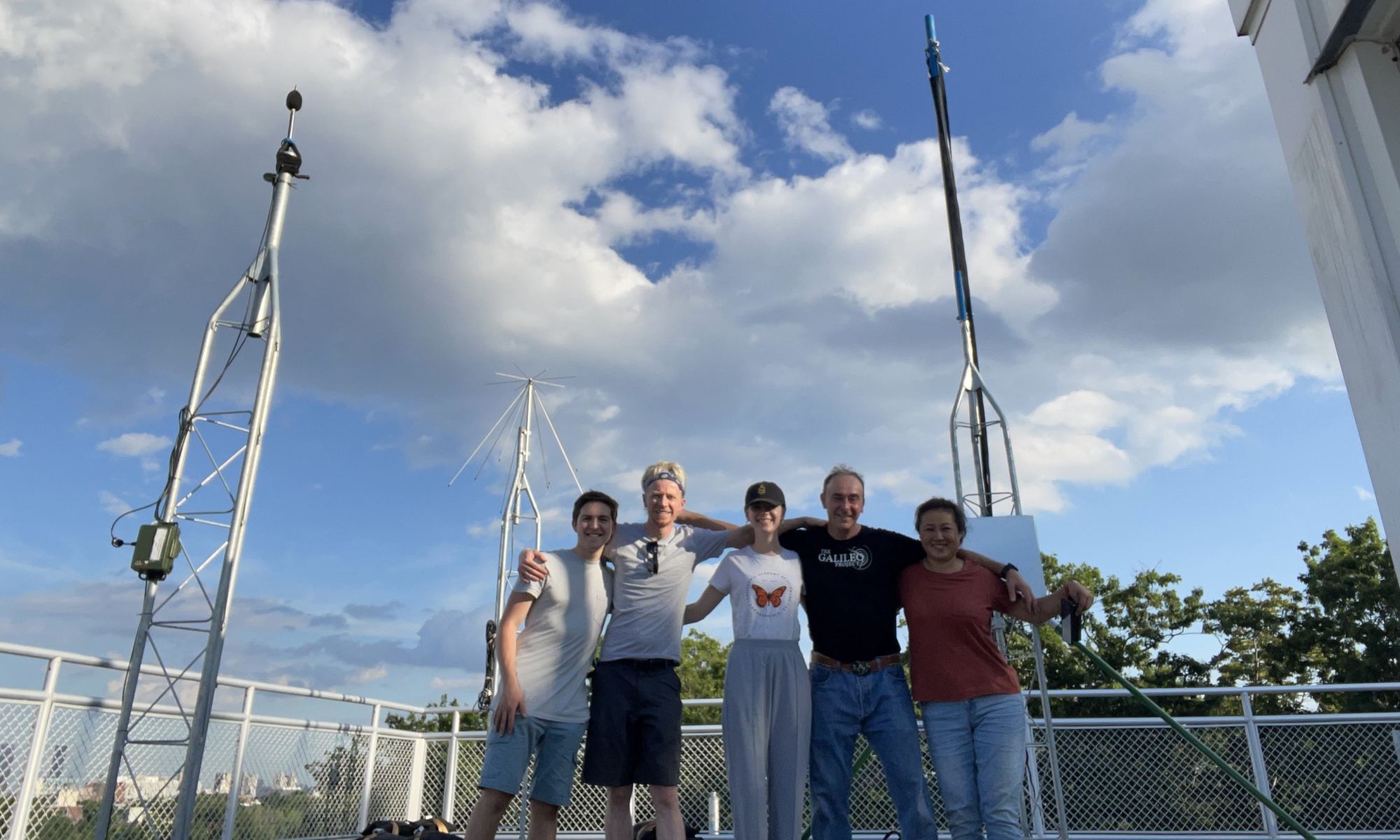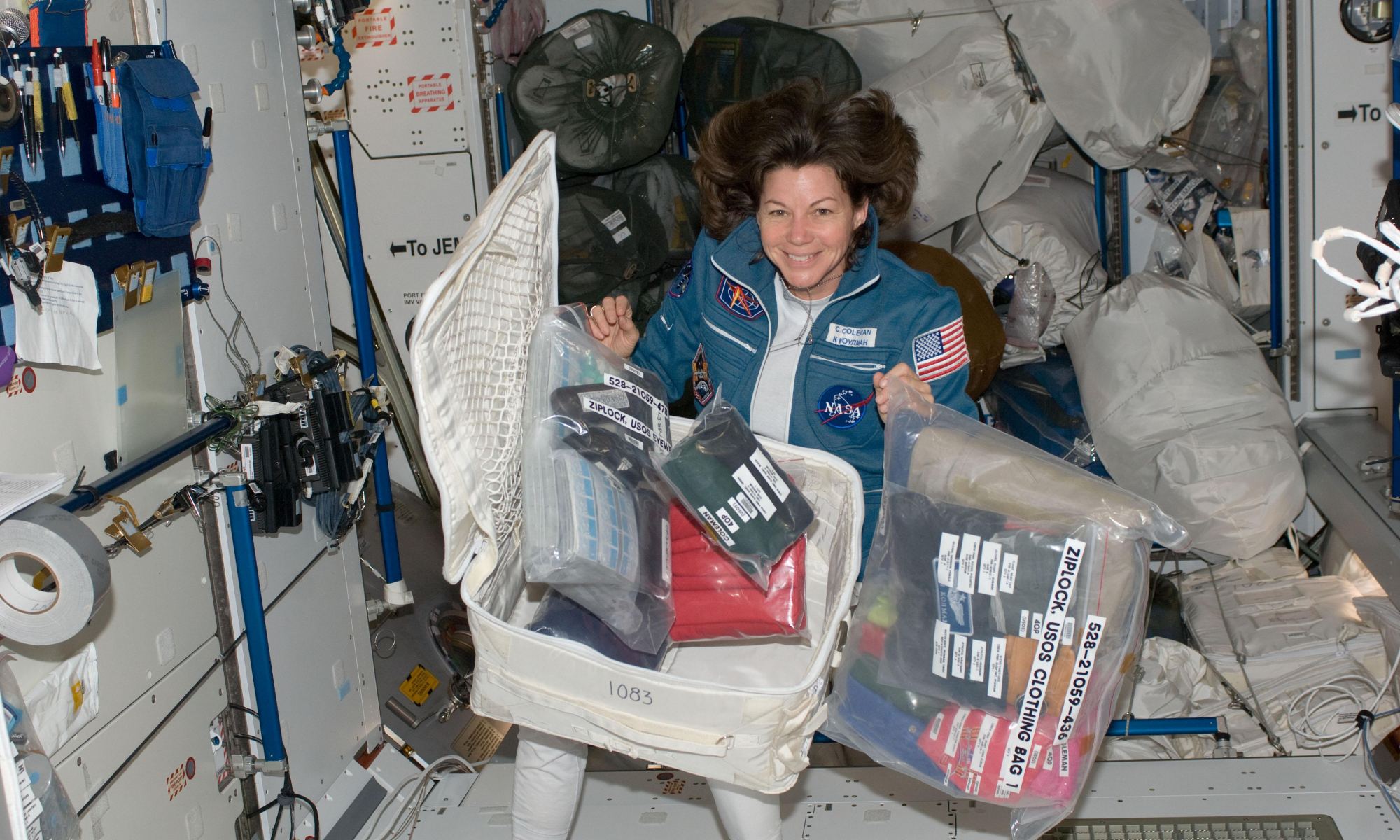The Hubble Space Telescope, to which we owe our current estimates for the age of the universe and the first detection of organic matter on an exoplanet, is very much doing science and still alive. It’s latest masterpiece remixes an old hit – apparently a growing trend in space science as well as space music.
Continue reading “A new Hubble Image Reveals a Shredded Star in a Nearby Galaxy”A new Hubble Image Reveals a Shredded Star in a Nearby Galaxy




